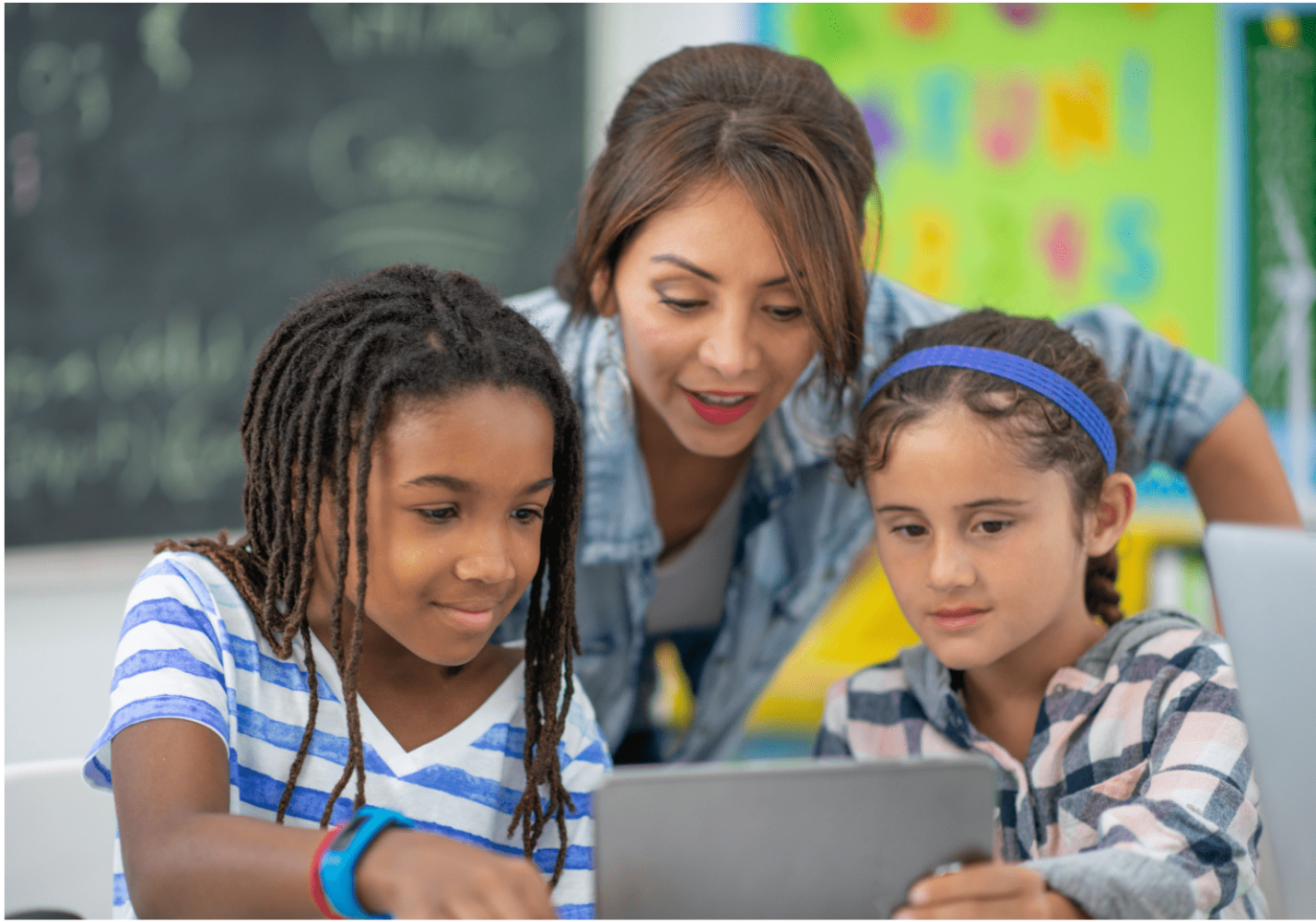At this year’s MACUL conference in Michigan, one theme kept echoing through the sessions, hallways, and informal conversations – how do we humanize learning in a digital age? That question stuck with me.
It’s easy to focus on all the new tools and trends, AI, adaptive platforms, digital dashboards, but beneath all that innovation is a deeper truth – our students need more than access. They need connection. And in a tech-driven world, keeping learning human isn’t just important, it’s essential.

The Promise and the Pitfalls of EdTech
There’s so much to celebrate in today’s classrooms, students engaging in real-time feedback, teachers using data to personalize learning, and schools breaking down barriers to access. But even the best tools can fall flat if they don’t support what really matters, relationships, thoughtful reflection, and relevance.
Technology should amplify humanity in the classroom, not replace it. The goal isn’t just digital fluency—it’s meaningful learning experiences that resonate long after students log off.
Technology should amplify humanity in the classroom, not replace it.
What Does Human-Centered Learning Look Like Today?
Human-centered learning isn’t a program or product, it’s a mindset. It’s about putting people at the center of the process and asking the right questions. Does this experience make students feel seen and heard? Are we creating space for curiosity, reflection, and collaboration? Do learners have real agency in how they engage, express themselves, and grow? When we design with these questions in mind, we move beyond simply delivering content, we create environments where students feel connected, capable, and inspired.
Small Shifts, Big Impact
Even in the most tech-integrated classroom, there’s always room for the elements that make learning personal and powerful. Students still need voice and choice, opportunities to express themselves in ways that feel authentic and meaningful. They need space for deep thinking and dialogue, where ideas are explored, not just answered. And most importantly, they need connection over compliance. It’s not about ticking boxes or completing tasks, it’s about building relationships, fostering trust, and creating a sense of belonging. When we prioritize these elements, we ensure that our classrooms remain human-centered, no matter how digital they become.

The MACUL conference reminded me that the real power of education doesn’t lie in what’s new, it lies in what’s real. Real connections. Real understanding. Real growth.
So let’s keep exploring what’s possible with digital tools, but let’s do it with heart. Because in the end, students may forget the platform, but they’ll never forget how we made them feel.
To all the educators showing up each day with intention, empathy, and a deep commitment to your students, thank you. Your work matters more than ever. In a time of rapid change, you continue to lead with heart, reminding us all that connection is at the core of meaningful learning.
